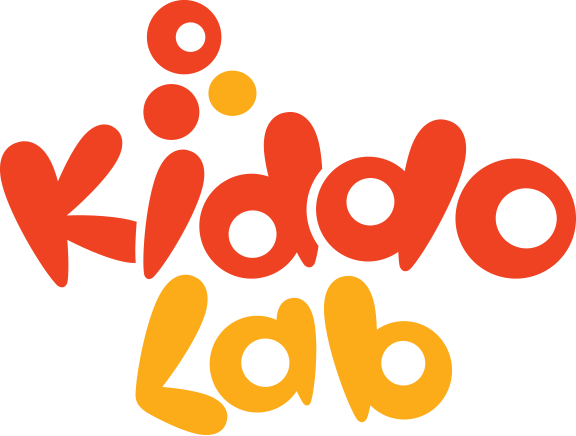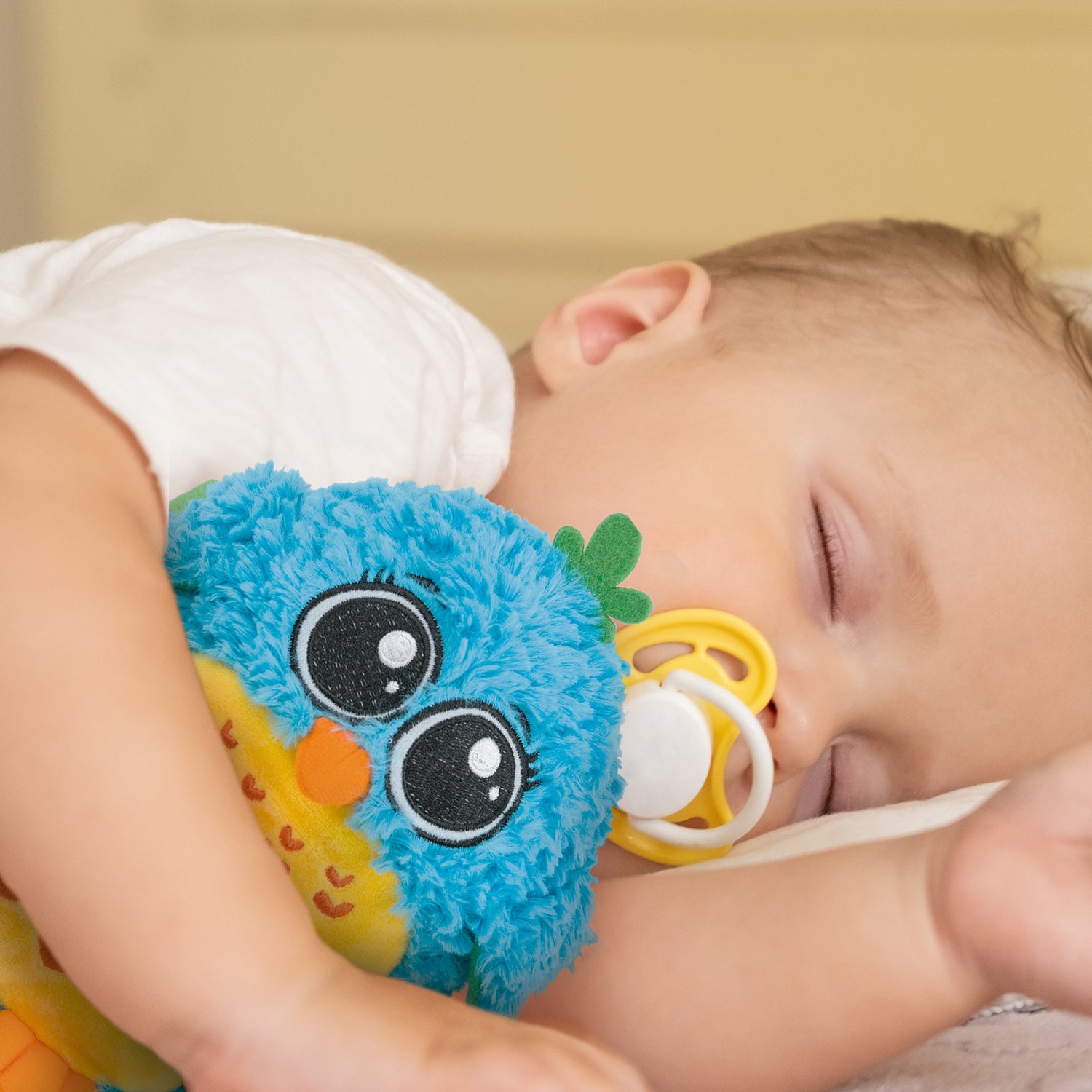Best Toys for Newborn Sensory Development: The Ultimate Parent’s Guide
Estimated reading time: 10 minutes
Table of Contents
When it comes to the first year of your baby’s life, sensory development is everything. Babies experience huge changes in their brain, body, and emotions in these early months. Exploration, curiosity, and sensory stimuli drive most of this growth. Your baby discovers the world through touch, sight, sound, smell, and taste. Choosing the best toys for newborn sensory development is one of the smartest ways you can boost their progress, help them reach new milestones, and give them the strongest possible start.
In this guide, we’ll walk you step by step through how different sensory toys fuel important skills and how to select the best ones for your baby. We’ll also spotlight trusted types of toys, offer buying tips, and answer your top questions. Let’s make early learning simple, safe, and rewarding.
Understanding Sensory Development in Newborns
Sensory Milestones in the First Few Months
- Recognizing familiar voices: Newborns quickly learn to know and prefer the sounds of their parents' voices.
- Tracking moving objects: By a few weeks old, babies start following faces or toys with their eyes.
- Grasping placed objects: Placing a soft toy in their palm activates the grasp reflex—a key first step in fine motor development.
Consistent sensory experiences grow neural connections in the brain, supporting stronger memory, early language learning, and mastery of new movements.
How Sensory Toys Aid in Cognitive and Physical Development
Sensory toys encourage babies to:
- Move their hands, arms, and legs
- Listen for new sounds
- Feel different textures
- Experiment with cause-and-effect through shaking and batting
These interactions lead to enhanced curiosity, improved coordination, and foundational skills for speech and social cues.
Types of Toys That Power Newborn Sensory Development
Newborn Black and White Toys: High-Contrast Visual Development
The Science Behind High-Contrast Visuals
- Babies’ eyes are most sensitive to black-white contrasts at birth.
- High-contrast patterns support visual tracking and focus.
- These visuals lay groundwork for neural pathways related to reading skills.
Examples & Benefits
- Mobile crib toys with bold shapes
- Soft books featuring simple illustrations
- Flashcards designed for reaching and batting
Tummy Time Toys for Newborns: Motor Skill & Core Strength Builders
Why Tummy Time Matters
- Builds neck and shoulder muscles
- Teaches push-up, roll, and crawling movements
- Promotes healthy skull shaping
Top Toy Picks
- Textured play mats with mirrors and crinkle spots
- Tummy pillows featuring sensory tabs
- Activity gyms suspending soft toys for batting
Soft Rattle Toys for 0–3 Months: Sound & Touch Stimulation
Developmental Benefits
- Introduces cause and effect (shake = sound)
- Strengthens auditory pathways
- Improves grip and hand-eye coordination
Safety Essentials
- Comfortable for small hands
- Plush materials safe for mouthing
- Secure construction, no removable parts
How to Select the Best Toys for Newborn Sensory Development
1. Safety First
- ASTM & CPSIA certifications
- BPA-free, non-toxic materials
- No small parts
2. Choose the Right Materials
- Washable fabrics: cotton, silicone
- Durable for frequent cleaning
- Varied textures for exploration
3. Match Developmental Benefits
- Visual tracking: mobiles & high-contrast images
- Tactile: tags, bumps, crinkles
- Fine motor: graspable, squeezable toys
Where to Buy the Best Toys
- Major stores: Buy Buy Baby, Babies "R" Us
- Specialized: sensory-focused boutiques
- Online: Amazon, Etsy
Conclusion: Why These Toys Matter
The right sensory toys spark curiosity, promote healthy development, and lay a foundation for lifelong learning. Choose safe, engaging options to give your newborn the very best start.
Have you tried these toys? Share your experiences in the comments below!
Frequently Asked Questions
1. What are the best toys for newborn sensory development?
High-contrast visuals, tummy-time supporters, and soft rattles that target vision, motor skills, and auditory senses.
2. When should I introduce sensory toys?
From birth—black and white items—then add tactile and auditory toys around 2–3 months.
3. How long should play sessions be?
Short, frequent sessions (5–10 minutes) multiple times a day keep babies engaged without overstimulation.
4. Are there risks to sensory play?
Ensure toys meet safety standards, avoid small parts, and always supervise play.
5. Can I use household items?
Yes—like textured fabrics or safe kitchen utensils under supervision—but dedicated sensory toys offer tested benefits.


